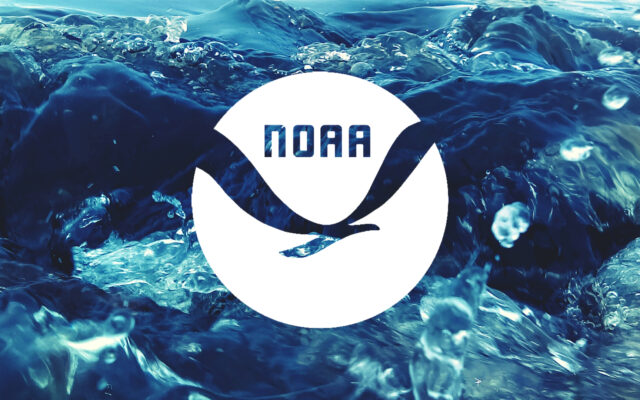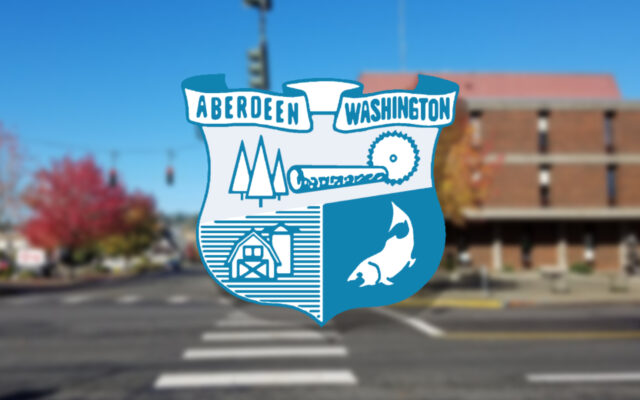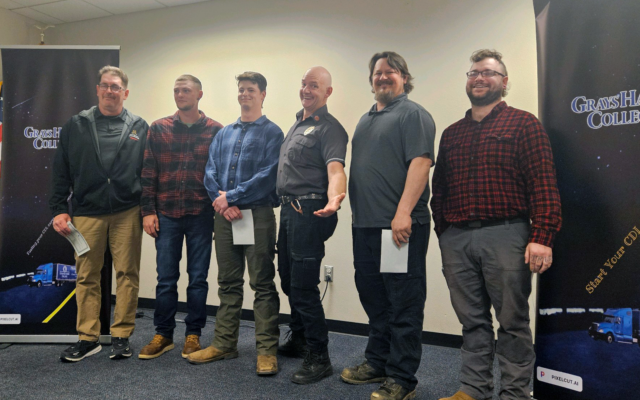Spring-run Chinook could become threatened or endangered following petition

NOAA Fisheries announced a 90-day finding on a petition to list spring-run Chinook salmon on the Washington Coast as threatened or endangered under the Endangered Species Act.
This action is being requested following a petition from the Center for Biological Diversity and Pacific Rivers that states the need comes based primarily on spring-run salmon declines and would include the spring-run Chinook within the Chehalis, Quinault, Queets, Hoh and Quillayute coastal river basins.
NOAA states that in 1999 they determined that the WC Chinook salmon ESU, as composed of coastal populations of spring-, summer- and fall-run Chinook, did not warrant listing as threatened or endangered under the ESA. The petition asks that the spring-run Chinook be considered as separate from the other runs and be considered as threatened or endangered.
The data from the Center for Biological Diversity says that by the 1950s most Washington Coast spring-run populations were severely depleted due to “a combination of habitat degradation and both in-river and ocean fisheries” and significant declines in spring-run numbers have continued to the present. They state that the runs are now “a very small fraction of their historical abundance”.
“Existing federal and state regulatory mechanisms have proven unable to protect and recover Washington coast spring-run Chinook and their habitat. Washington coast spring-run Chinook suffer from chronically low abundance and remain in just a few remnant populations. Spring-run fish have very specific habitat needs, and there are still numerous unaddressed threats to every Washington Coast spring Chinook run and their habitat. Endangered Species Act protection is required to prevent their extinction and implement necessary recovery actions. “
The petitioners list figures of annual total naturally spawned adults returning to the area at nominal figures, including an example of runs within the Chehalis River basin from 2011-2020 that averaged around 6% of estimated historical spawning run size.
The petitioners state that the spring-run Chinook salmon are “arguably the most prized of all the Pacific salmon, playing a major role in the cultural, economic, and ecological fabric of the Pacific Northwest”.
They state that many of the spring-run populations have already been destroyed across the range, and that remaining populations are in serious jeopardy based on data.
According to NOAA, the petition to change the status listing “presents substantial scientific and commercial information indicating the petitioned action to list may be warranted”.
Officials will be conducting a status review of Chinook salmon on the Washington Coast to determine whether the action to list is indeed warranted.
Officials are soliciting scientific and commercial information pertaining to Chinook salmon spawning north of the Columbia River and west of the Elwha River from any interested party as part of the process.
Scientific and commercial data pertinent to the petitioned action must be received by February 5, 2024 as part of a 60-day public comment period to solicit relevant new information since the 1998 status review.
ADDRESSES: You may submit scientific and commercial data relevant to the review of the status of Chinook salmon on the WC, identified by ‘‘Washington Coast Chinook Salmon Petition’’ or by the docket number NOAA–NMFS– 2023–0148, by any of the following methods:
- Electronic Submission: Submit all electronic public comments via the Federal e-Rulemaking Portal. Go to https://www.regulations.gov and enter NOAA–NMFS–2023–0148 in the Search box (note: copying and pasting the FDMS Docket Number directly from this document may not yield search results). Click on the ‘‘Comment’’ icon, complete the required fields, and enter or attach your comments.
- Mail or Hand-Delivery: Protected Resources Division, West Coast Region, NMFS, 1201 NE Lloyd Blvd., Suite #1100, Portland, OR 97232. Attn: Shivonne Nesbit.
Instructions: Comments sent by any other method, to any other address or individual, or received after the end of the comment period, may not be considered by NMFS. All comments received are a part of the public record and will generally be posted for public viewing on https://www.regulations.gov without change. All personal identifying information (e.g., name, address, etc.), confidential business information, or otherwise sensitive information submitted voluntarily by the sender will be publicly accessible. NMFS will accept anonymous comments (enter ‘‘N/ A’’ in the required fields if you wish to remain anonymous).
Electronic copies of the petition and related materials are available from the NMFS website at https:// www.fisheries.noaa.gov/endangeredspecies-conservation/candidate-speciesunder-endangered-species-act.
FOR FURTHER INFORMATION CONTACT:
Shivonne Nesbit, NMFS West Coast Region, at [email protected], (503) 231–6741; or Margaret Miller, NMFS Office of Protected Resources, at [email protected], (301) 427– 8457.



